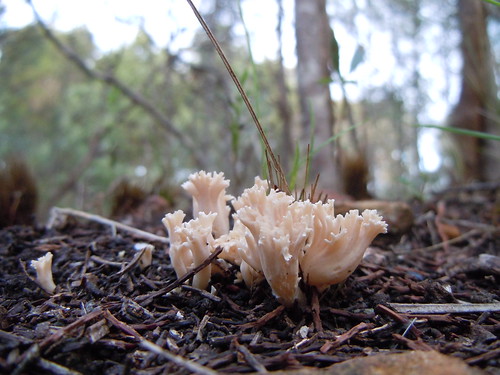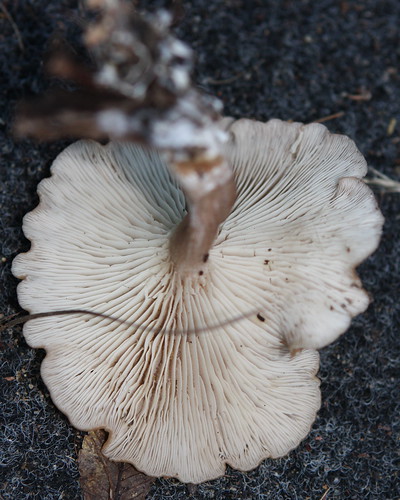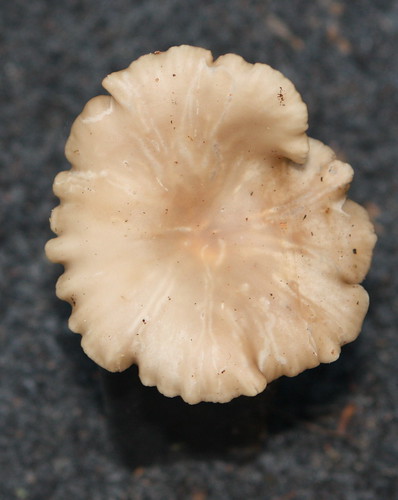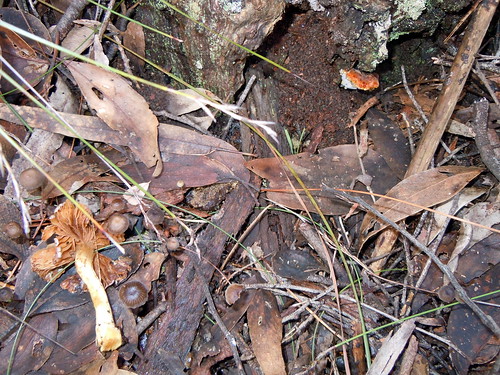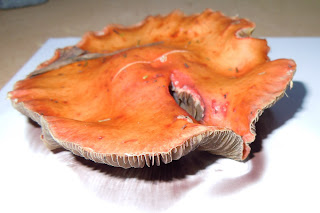Eucalyptus baxteri is known locally as the Grey Stringybark and occurs on shallow soils.
It is the tall grey stringy barked tree featured in this photo.

Not so evident here (looking out from the kitchen sink window :)) is the Messmate Stringybar, Eucalyptus obliqua, which is low growing and straggly , at least it is here.
As I drive around the area I am seeing many dead Greys, which locals say is a result of the dry conditions of the last few years.
This year is shaping up well for rain at least, so let's hope they hold their own and even make a few gains, for a while.
These tall trees are flowering right now and the canopy is alive with birds that I am hearing clearly, seeing often, but having lots of trouble photographing.
There are small birds ... silvereyes, thornbills, a range of honey eaters and pardalotes.

The treecreepers spend their time on the trunks, poking around under the bark.
There are larger birds as well; magpies, lorikeets, rosellas, cockatoos, currawongs and kookaburras.
The "hill" really is alive with music and colour
:)



